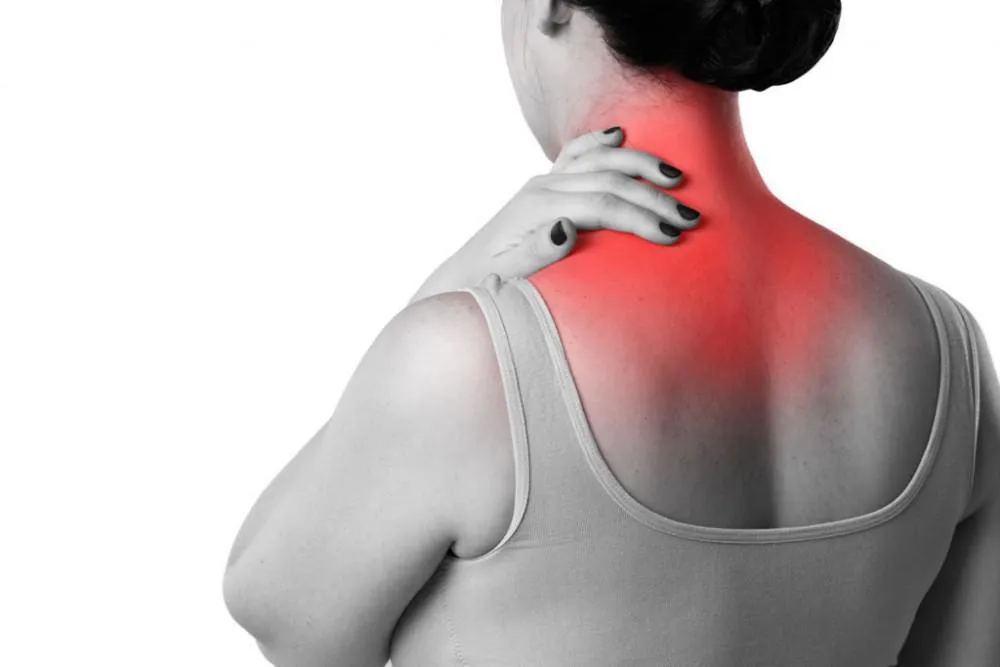Achilles Tendinitis: Symptoms, Causes, Prevention
Achilles tendinitis is a prevalent overuse injury that impacts the Achilles tendon—a critical band of tissue that connects the calf muscles to the heel bone.
Dec. 28, 2023, 7 min read, Articles
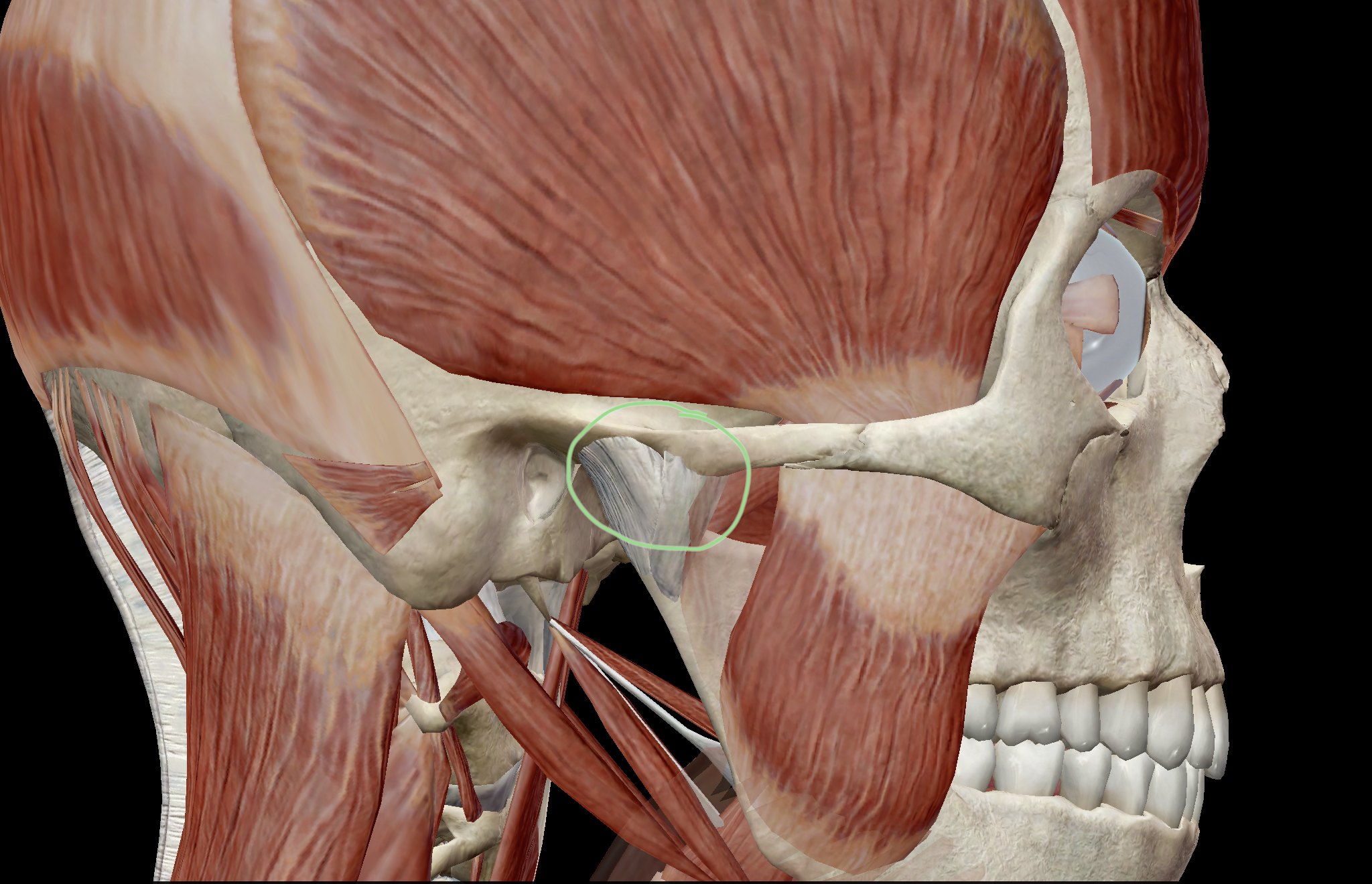
The temporomandibular joint (TMJ) serves as a pivotal mechanism, allowing us to perform everyday activities such as speaking, chewing, and yawning with ease. However, when this complex joint encounters issues, it can lead to Temporomandibular Joint Syndrome (TMJ syndrome). This condition involves a cluster of symptoms affecting the jaw joint and surrounding muscles, creating a range of discomforts that can significantly impact an individual's quality of life.
TMJ syndrome is a multifaceted disorder that involves dysfunction of the TMJ and associated muscles. This condition is prevalent, affecting people across various age groups. The symptoms may present intermittently or persist over an extended period, causing varying degrees of pain and inconvenience.
The TMJ plays a pivotal role in facilitating the intricate movements of the jaw, enabling us to perform essential tasks like biting, chewing, and speaking. TMJ syndrome disrupts this harmonious mechanism, leading to a spectrum of symptoms that can manifest differently in each individual.
The symptoms of Temporomandibular Joint Syndrome (TMJ syndrome) create a nuanced tapestry of discomfort, impacting various facets of daily life. Understanding these manifestations is pivotal in recognizing and addressing the challenges posed by this jaw dysfunction.
Understanding the diverse array of symptoms associated with TMJ syndrome allows individuals to recognize the condition's impact on their well-being. If you identify with these symptoms, seeking professional evaluation becomes crucial for an accurate diagnosis and tailored management plan. Early intervention can mitigate the progression of symptoms, providing relief and enhancing overall quality of life.
Temporomandibular Joint Syndrome (TMJ syndrome) arises from a multifaceted interplay of factors that can disrupt the intricate harmony of the jaw joint and surrounding structures. Understanding the potential causes is instrumental in navigating the complexities of this condition.
Recognizing when to seek professional medical attention is paramount for effectively managing Temporomandibular Joint Syndrome (TMJ syndrome). Here's a guide to help you navigate when a doctor's expertise is essential:
Seeking timely medical advice allows for a comprehensive evaluation of your symptoms. A healthcare professional, often a dentist or oral and maxillofacial specialist, can conduct a thorough examination, including diagnostic tests if necessary, to identify the root cause of your TMJ symptoms. Early intervention not only aids in managing discomfort but also helps prevent the progression of TMJ syndrome, offering a pathway to relief and improved oral health.
Osteopathy and physiotherapy are valuable therapeutic approaches for managing TMJ syndrome:
Combining osteopathy and physiotherapy provides a comprehensive, holistic approach to TMJ syndrome. These therapeutic modalities aim to address the root causes, alleviate symptoms, and enhance the overall well-being of individuals dealing with this complex condition. If you suspect TMJ syndrome, consulting with osteopathic and physiotherapy professionals can guide you toward a personalized treatment plan for effective management.
While Temporomandibular Joint Syndrome (TMJ syndrome) can arise from various factors, adopting preventive measures can contribute to maintaining optimal jaw health and reducing the risk of developing this complex condition. Consider the following practices:
Temporomandibular Joint Syndrome is a nuanced condition that demands a holistic approach to care. Understanding the potential causes, recognizing symptoms, and embracing preventive measures are pivotal steps in navigating the complexities of TMJ syndrome. Osteopathy and physiotherapy stand out as effective treatments, addressing the root causes of TMJ syndrome and providing relief. Osteopathic techniques aim to restore balance in the musculoskeletal system, while physiotherapy offers targeted exercises and interventions to enhance jaw function. In conclusion, fostering jaw health involves a combination of awareness, preventive practices, and timely intervention. By adopting a proactive stance and seeking professional guidance when needed, individuals can nurture their jaw health and reduce the impact of Temporomandibular Joint Syndrome on their daily lives. If you suspect TMJ syndrome or are experiencing symptoms, consulting with healthcare professionals specializing in jaw disorders can pave the way for a personalized and effective care plan.
Achilles tendinitis is a prevalent overuse injury that impacts the Achilles tendon—a critical band of tissue that connects the calf muscles to the heel bone.
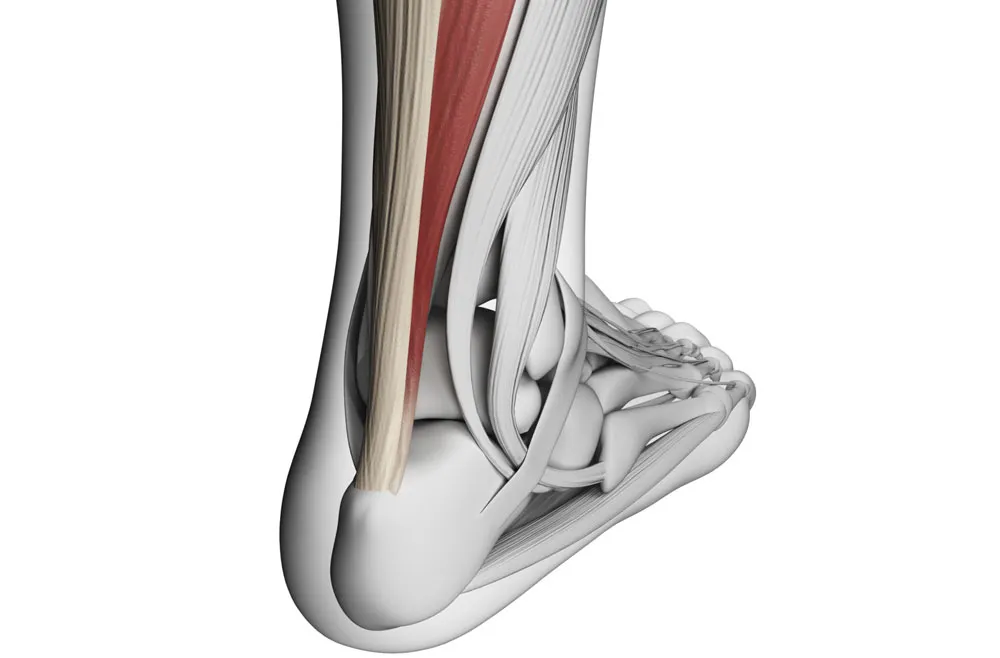
Back pain is a prevalent and often debilitating condition that can affect individuals of all ages and walks of life.
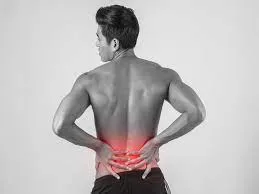
Arthritis is a common and often painful condition that affects millions of individuals worldwide. It's not a single disease but rather a group of more than 100 different types of joint-related conditions.
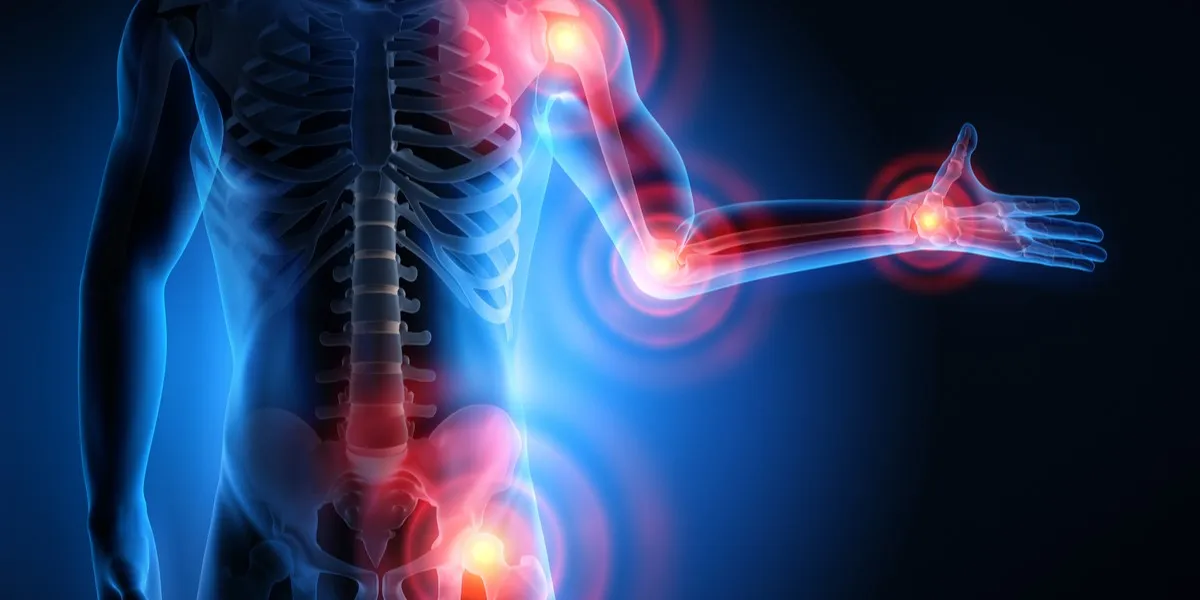
Ankle injuries are prevalent in the world of sports and can be a significant setback for athletes.
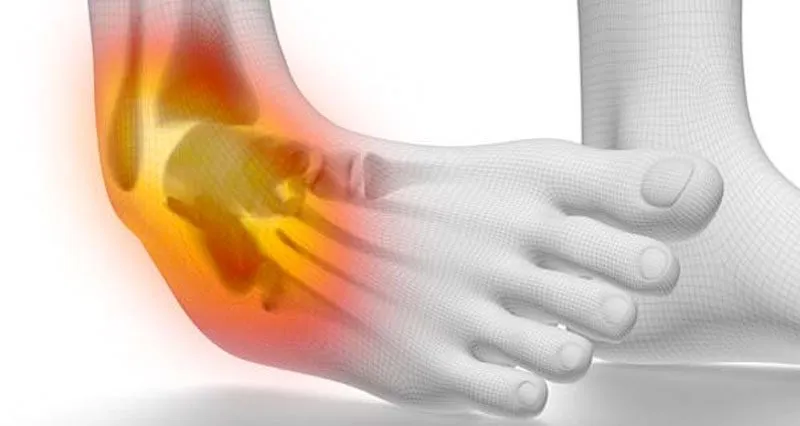
Amyotrophic Lateral Sclerosis (ALS), often referred to as Lou Gehrig's disease, is a progressive neurodegenerative disorder that affects nerve cells in the brain and spinal cord.
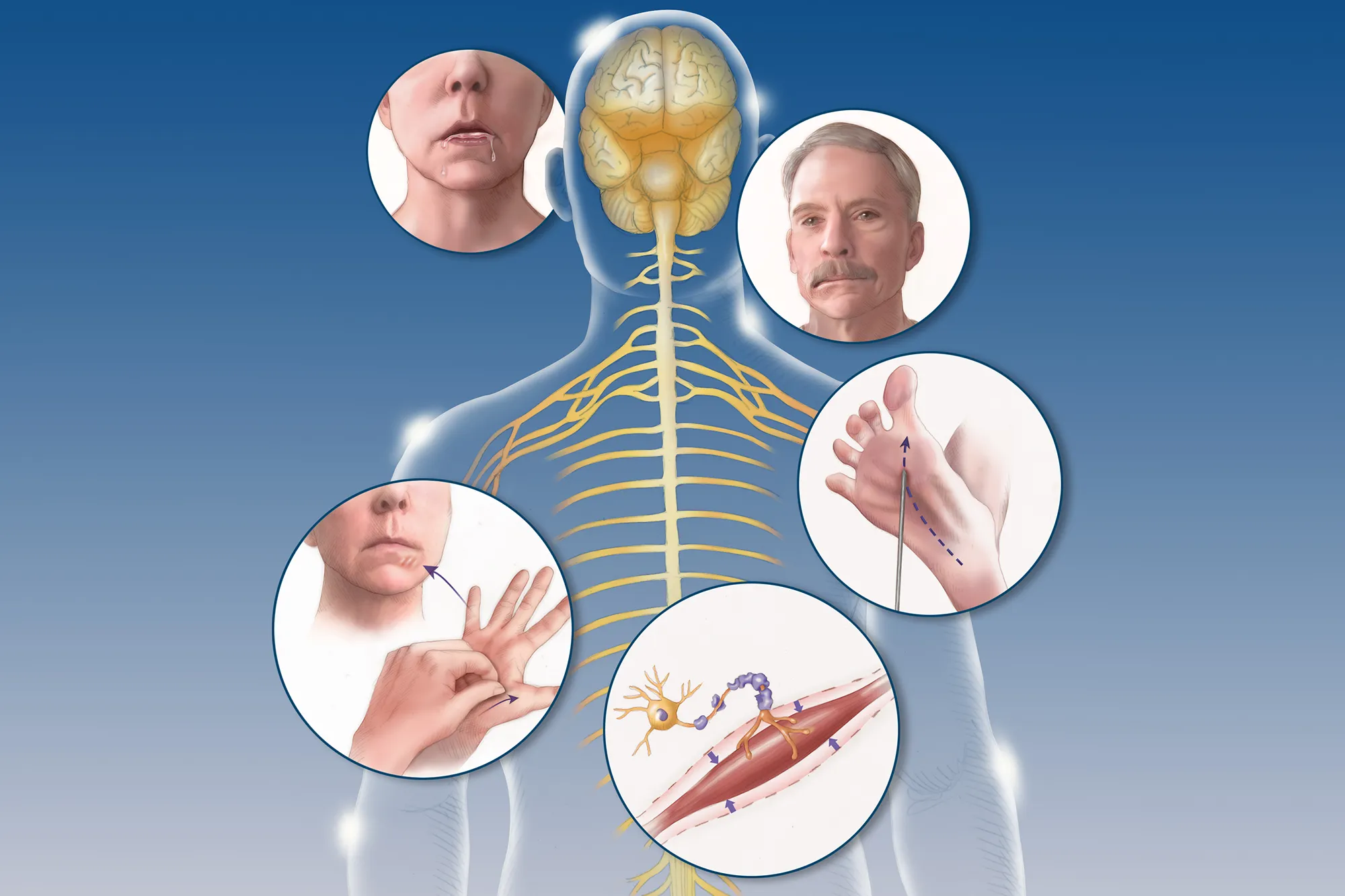
Degenerative Disc Disease (DDD) is a common condition that affects the intervertebral discs in the spine.
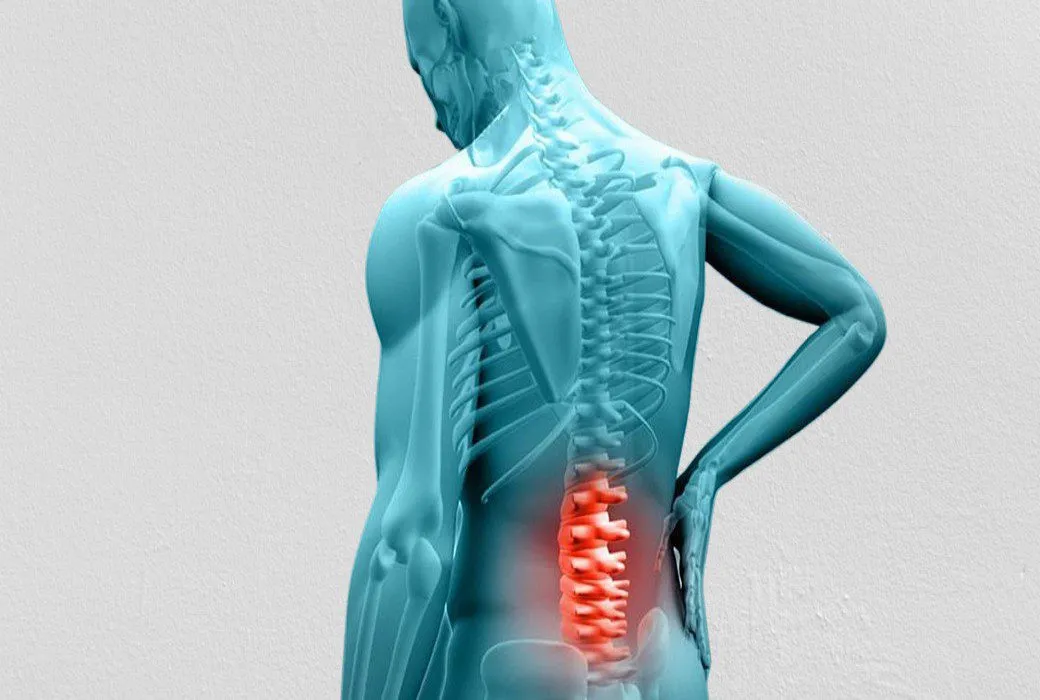
Myalgic Encephalomyelitis/Chronic Fatigue Syndrome (ME/CFS) is a perplexing and debilitating condition that impacts individuals, often altering their daily lives and challenging conventional understanding.
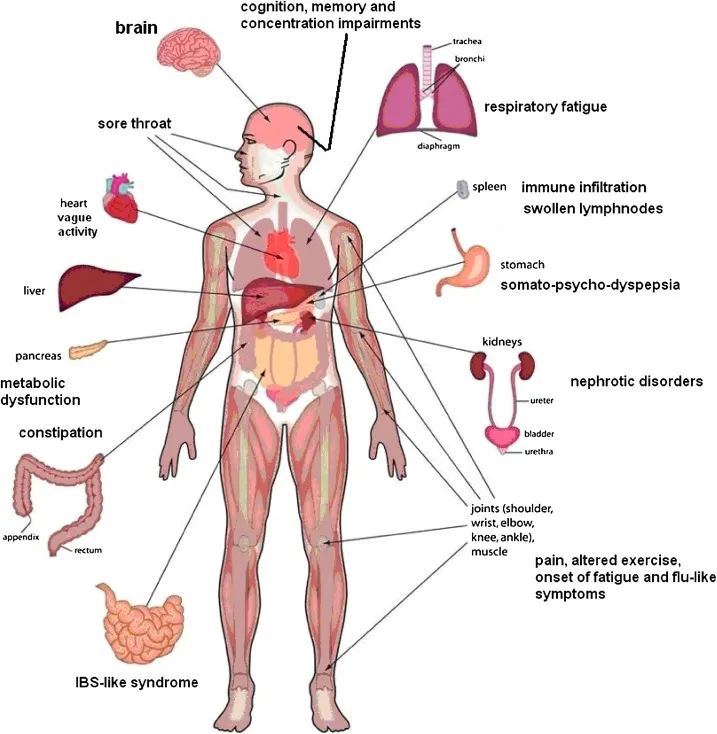
Muscular dystrophy encompasses a group of diseases leading to progressive muscle weakness and loss of muscle mass. The development of abnormal genes disrupts the production of necessary proteins crucial for healthy muscle function.
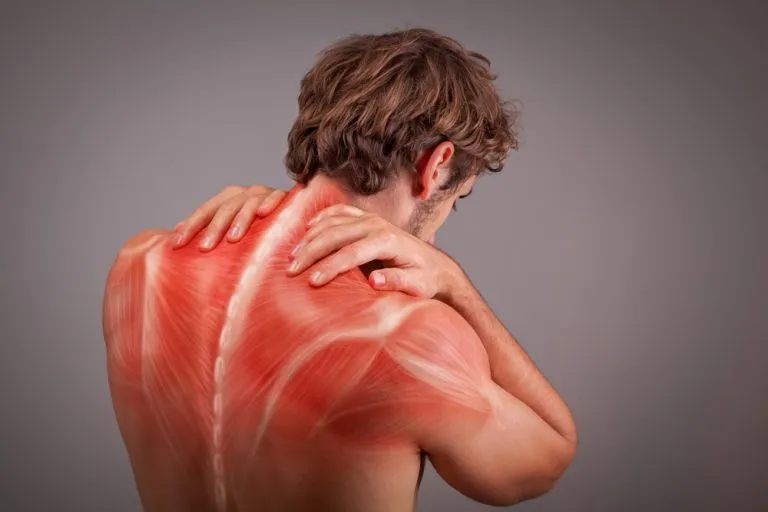
Fibromyalgia stands as a complex and often misunderstood condition characterized by widespread musculoskeletal pain, fatigue, and sleep disturbances
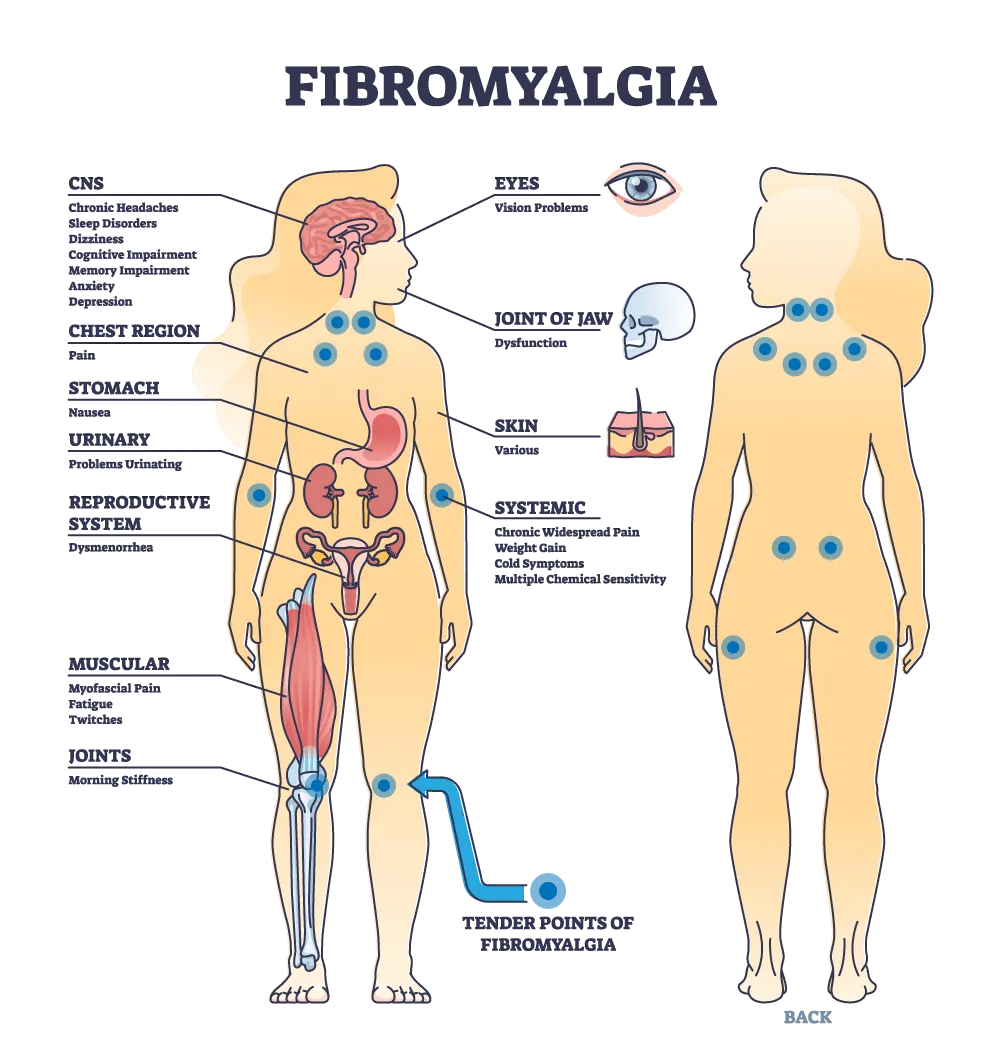
Bunions, medically referred to as "hallux valgus," are a common and often painful foot deformity that affects the joint at the base of the big toe.
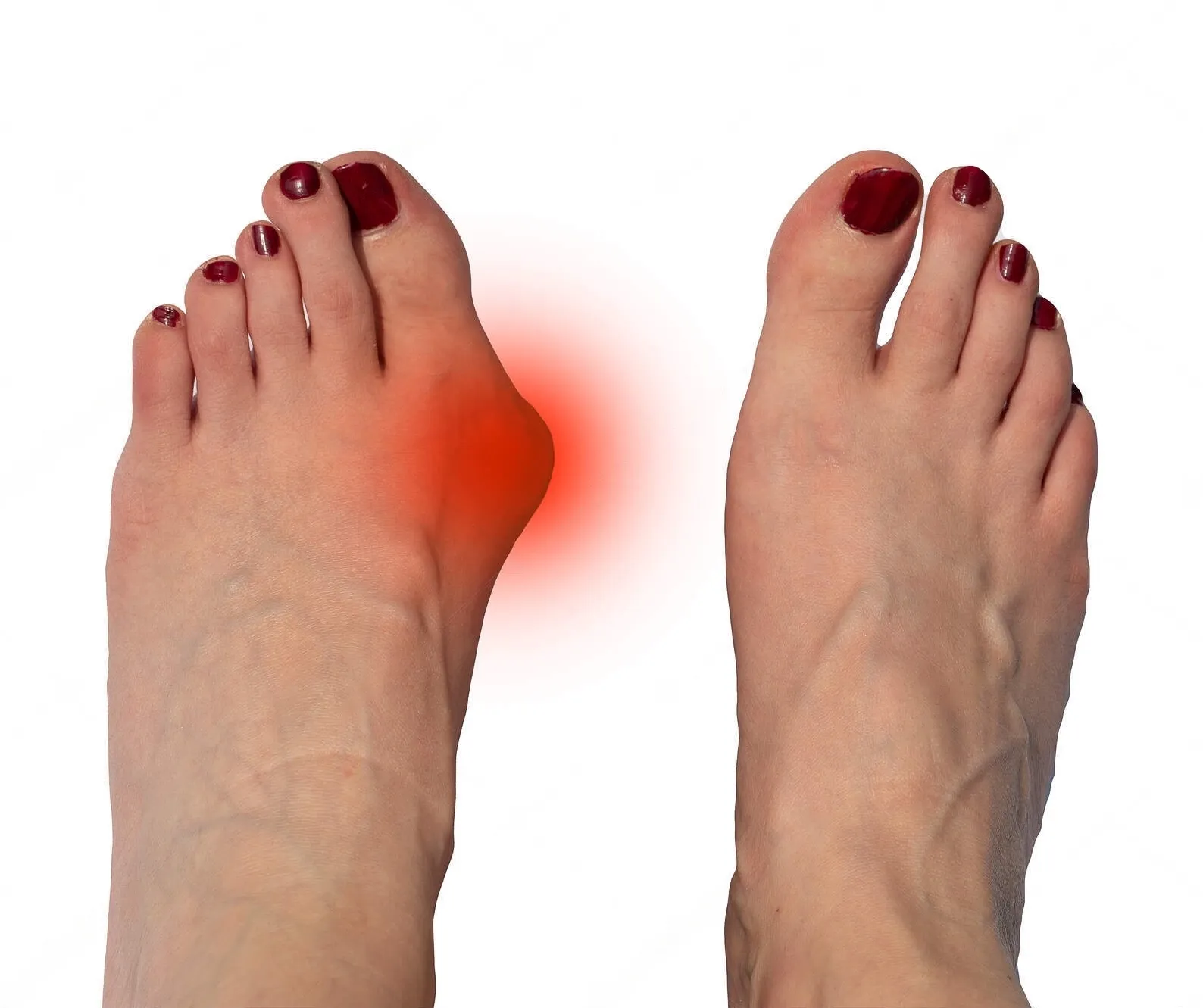
Herniated disc symptoms can be debilitating, causing pain, numbness, and mobility limitations.
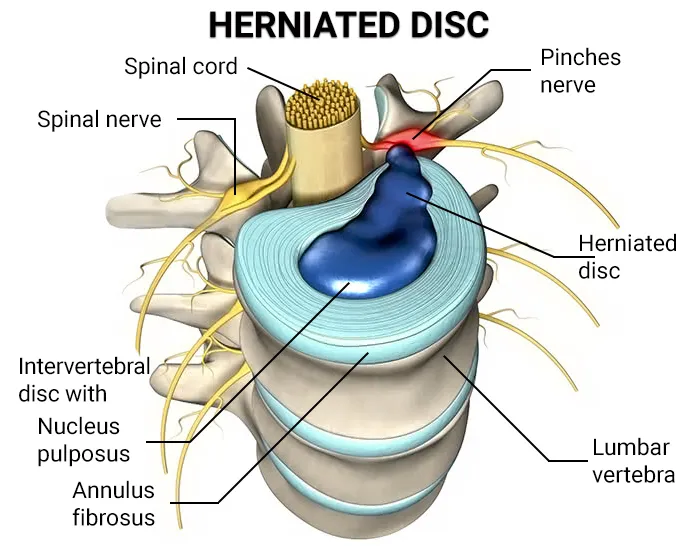
A heel spur is a bony growth that pokes out below your back heel bone inside of your foot. Heel spurs happen when stress and strain damages your foot ligaments.
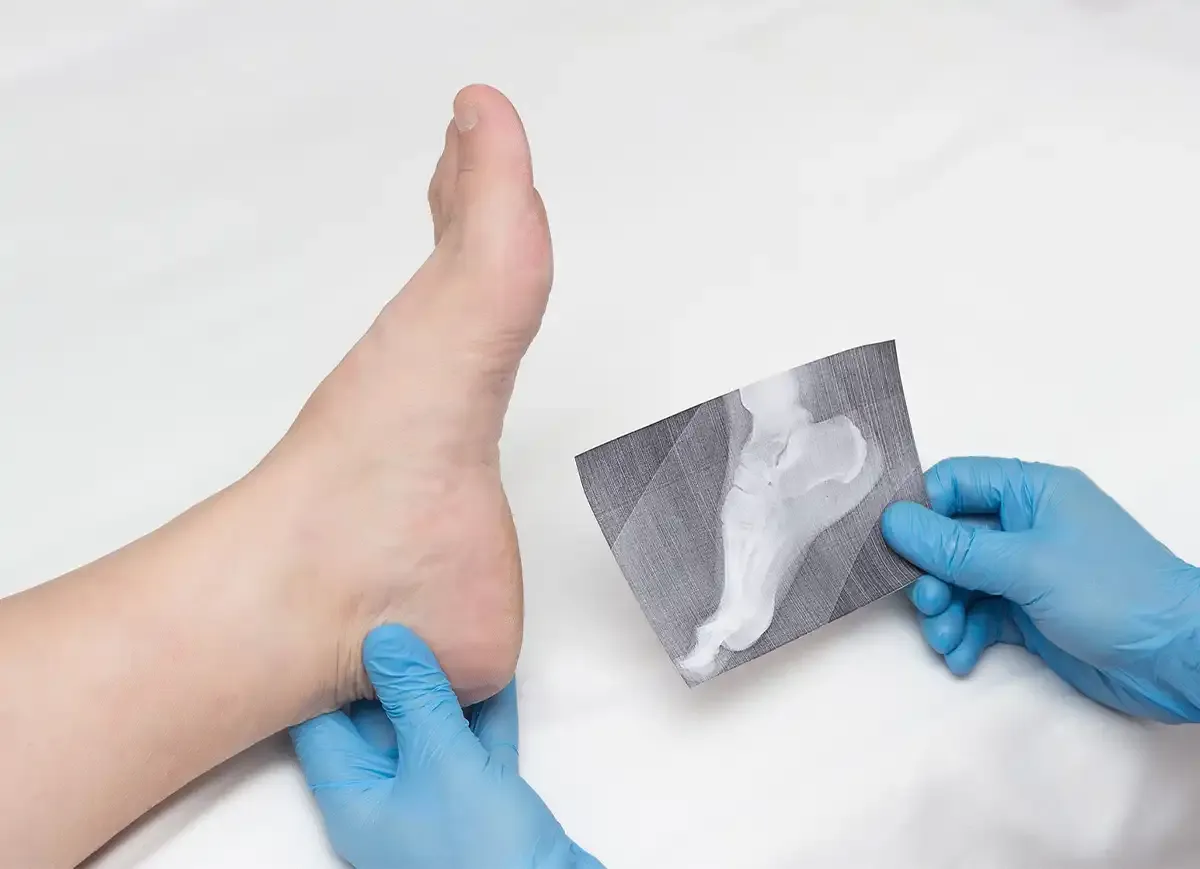
Knee pain is a widespread issue that can significantly impact a person's mobility and quality of life.Knee pain is a widespread issue that can significantly impact a person's mobility and quality of life.
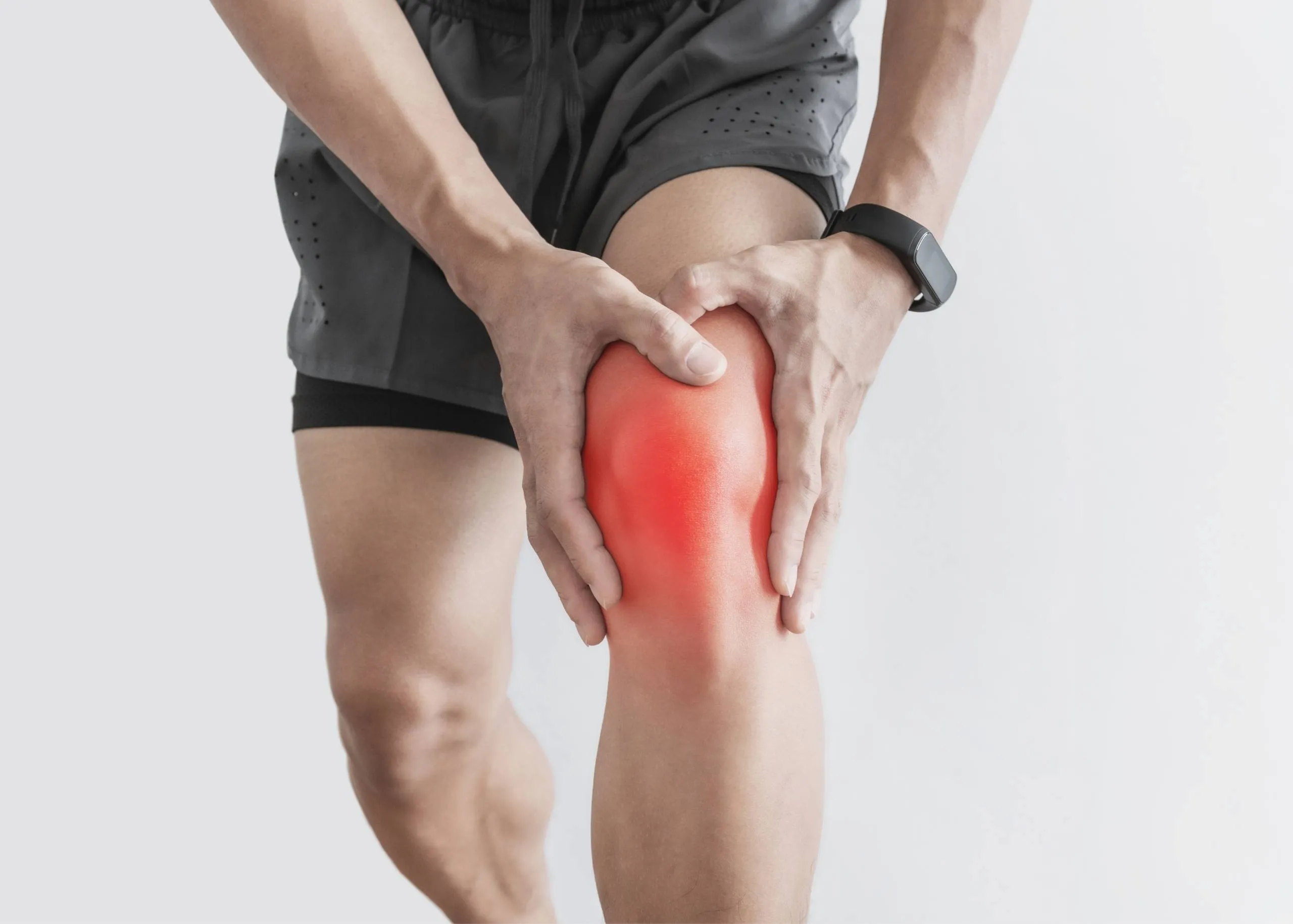
Heel pain can be a nagging and uncomfortable issue that affects many people. In this article, we will explore the various causes of heel pain, common symptoms associated with it, and the available treatments that can help you find relief and get back to your active lifestyle.
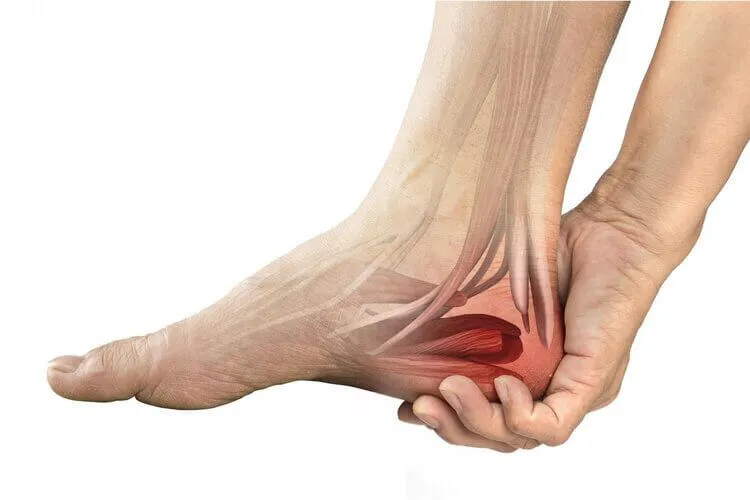
Military Neck, also referred to as Cervical Kyphosis, is a condition that affects the natural curvature of the cervical spine, resulting in the loss of its typical curve.
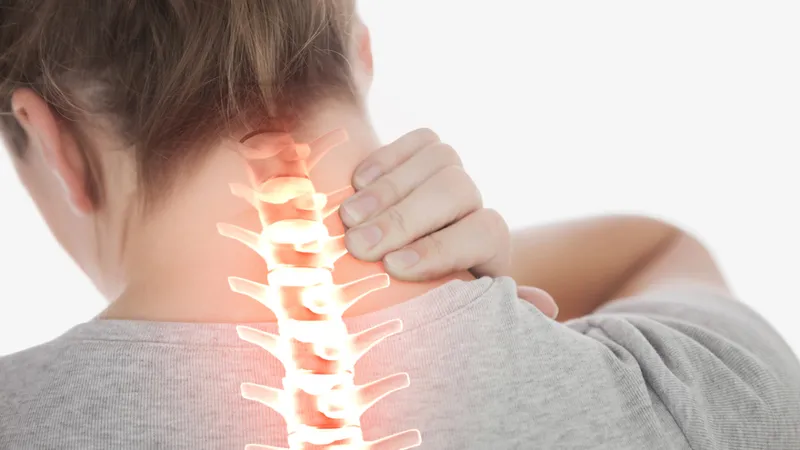
Migraines and headaches are prevalent neurological disorders that affect a significant portion of the population.

Lymphedema is a chronic condition characterized by the accumulation of lymphatic fluid, leading to persistent swelling, typically in the arms or legs.
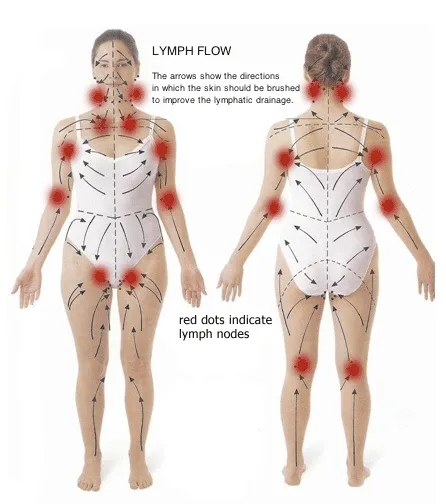
Plantar fasciitis is a common and often painful foot condition that affects millions of people worldwide.
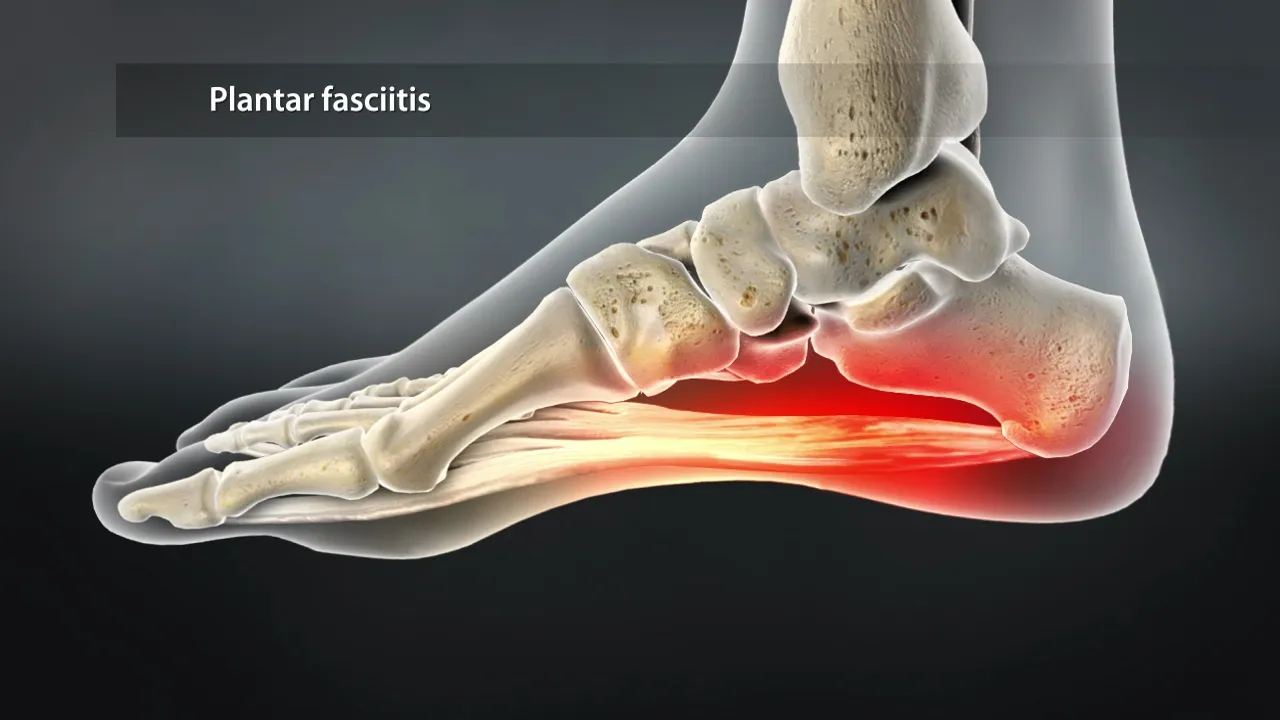
Piriformis syndrome is a perplexing condition, often overshadowed by more common sources of hip and lower back pain.
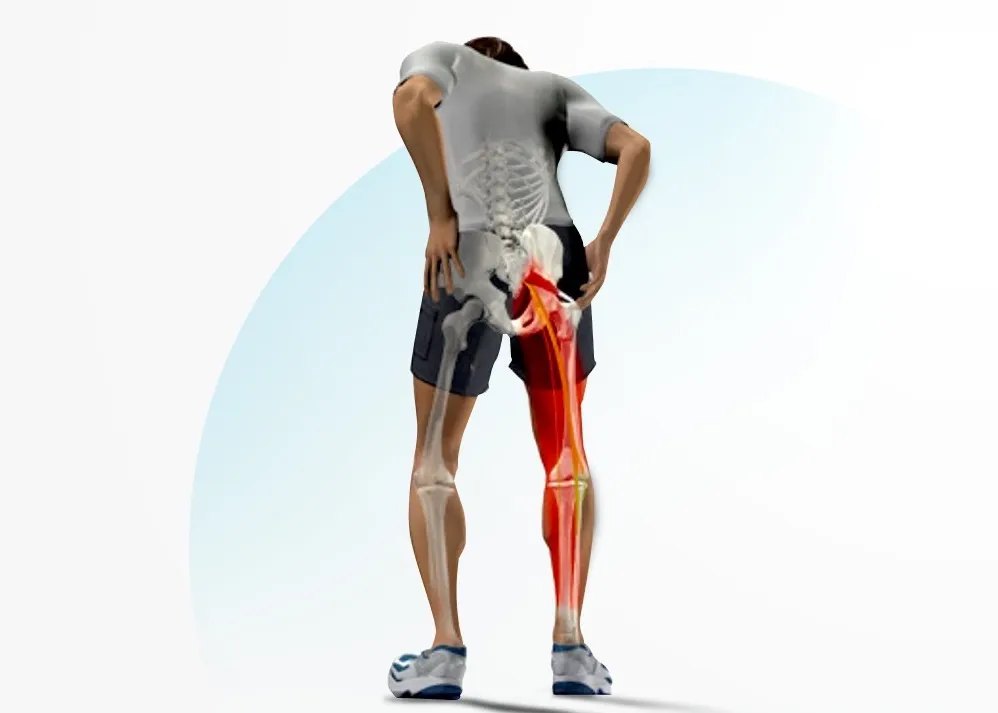
motor vehicle accidents (MVA) can result in a wide range of injuries, from minor bruises to severe trauma. in the aftermath of such incidents, seeking prompt medical attention is crucial for assessing and addressing any injuries sustained.

Sarcopenia is the gradual loss of muscle mass that can affect people in their 30s and beyond. WebMD explains its symptoms, causes, diagnosis, and treatments.
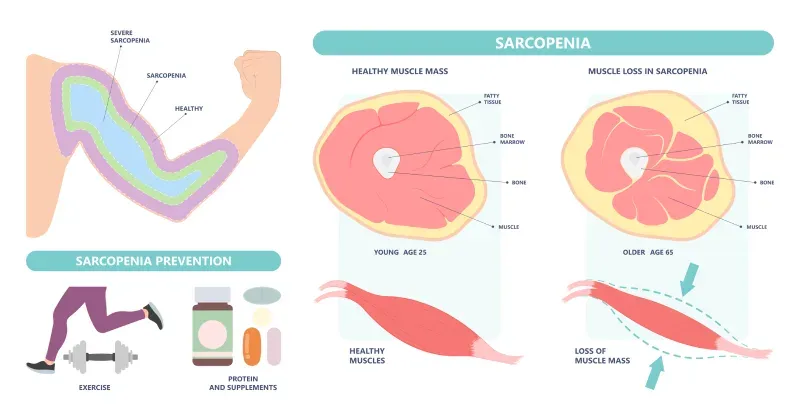
Spinal stenosis, a prevalent spinal condition, is characterized by the narrowing of the spinal canal, leading to discomfort and neurological symptoms.
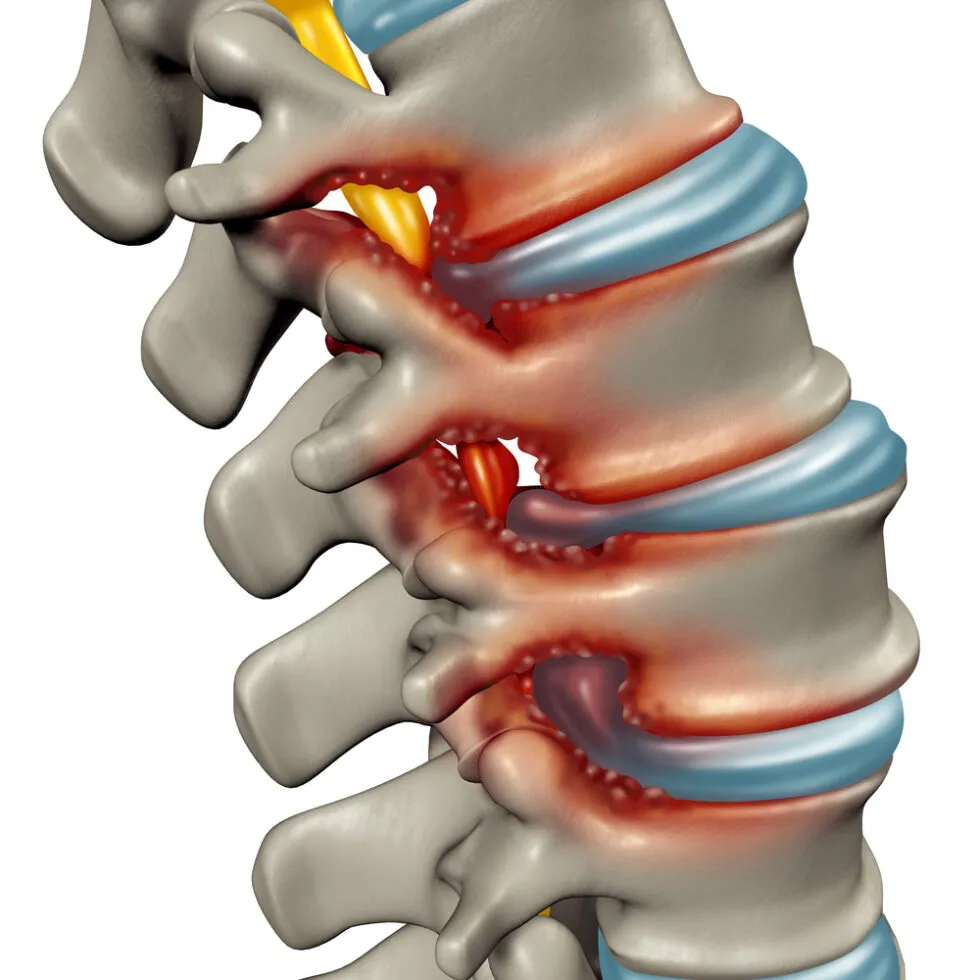
The sacroiliac joint, a crucial junction between the sacrum and the ilium bones in the pelvis, plays a pivotal role in supporting the weight of the upper body.
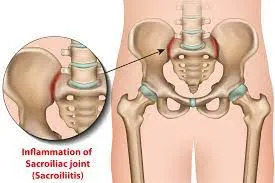
A rotator cuff injury can be a painful and limiting condition, impacting the functionality of the shoulder.
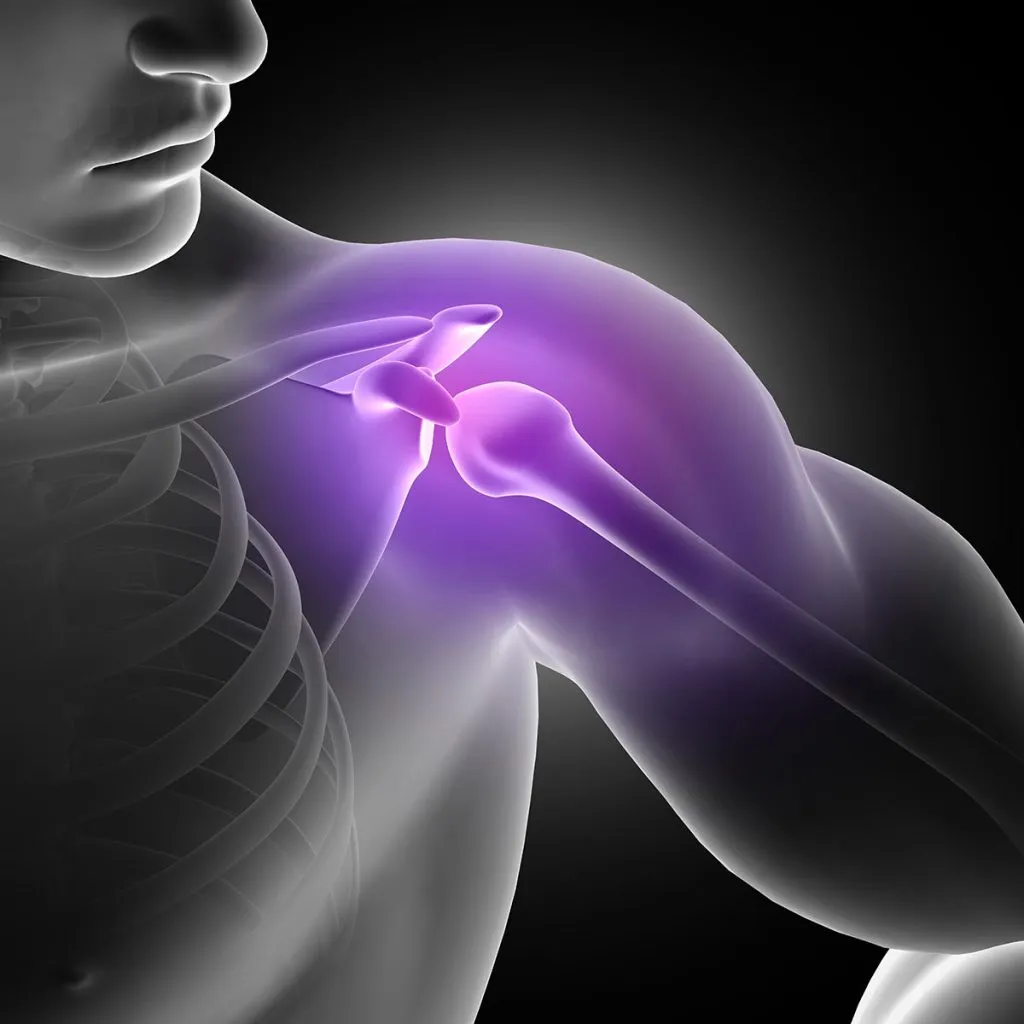
Suffering from lower back pain from sitting? It could be from poor ergonomics in your workplace. Learn more with these tips for how to alleviate pain from sitting.

Sciatica is a painful and often debilitating condition that affects numerous individuals worldwide.
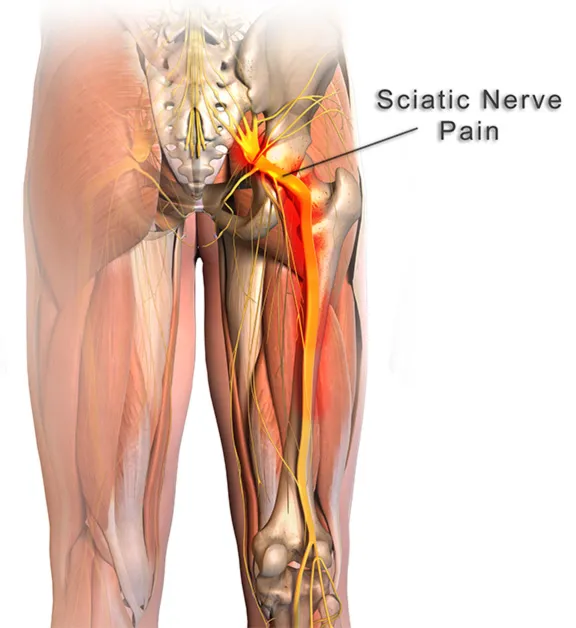
Gluteal tendinopathy is a condition that affects the tendons in the gluteal region, leading to pain and restricted mobility.
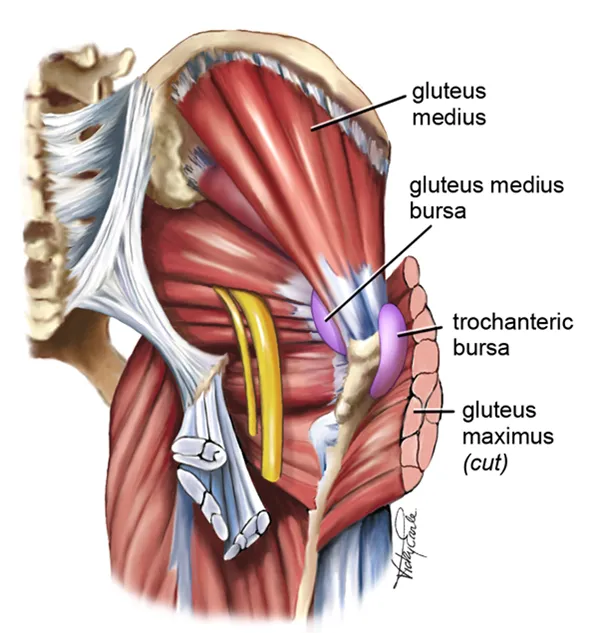
Tennis Elbow, also known as Lateral Epicondylitis, is a painful condition that affects the tendons in the forearm, causing discomfort and limited mobility in the elbow and wrist.

Tarsal Tunnel Syndrome (TTS) is a common and often painful condition affecting the tarsal tunnel—a narrow passage in the ankle.
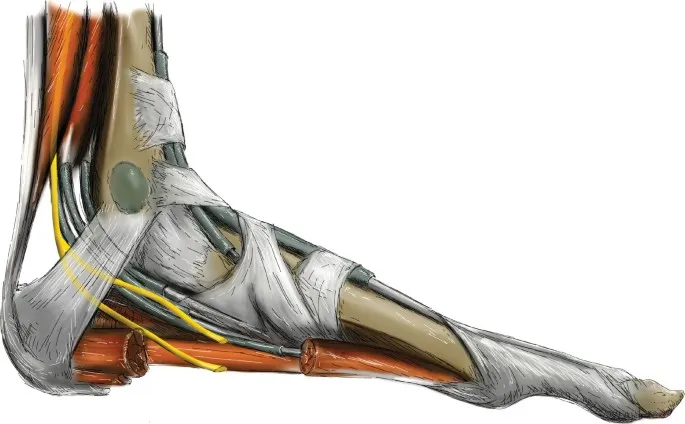
Explore the impact of time-restricted eating on heart health. Learn about the connection between diet and cardiovascular risk.
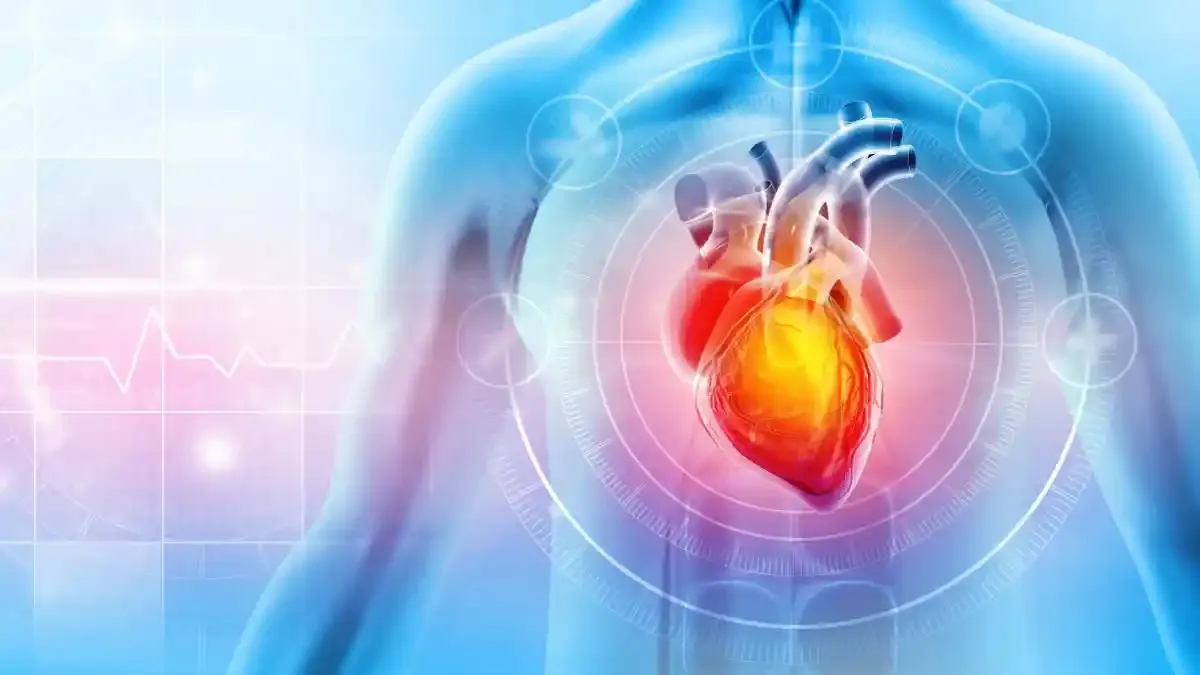
Most cases of foot or ankle pain are short term and are caused by soft tissue injuries, such as sprains or strains. You can usually ease the pain yourself But see York Rehab Clinic if the pain does not improve.
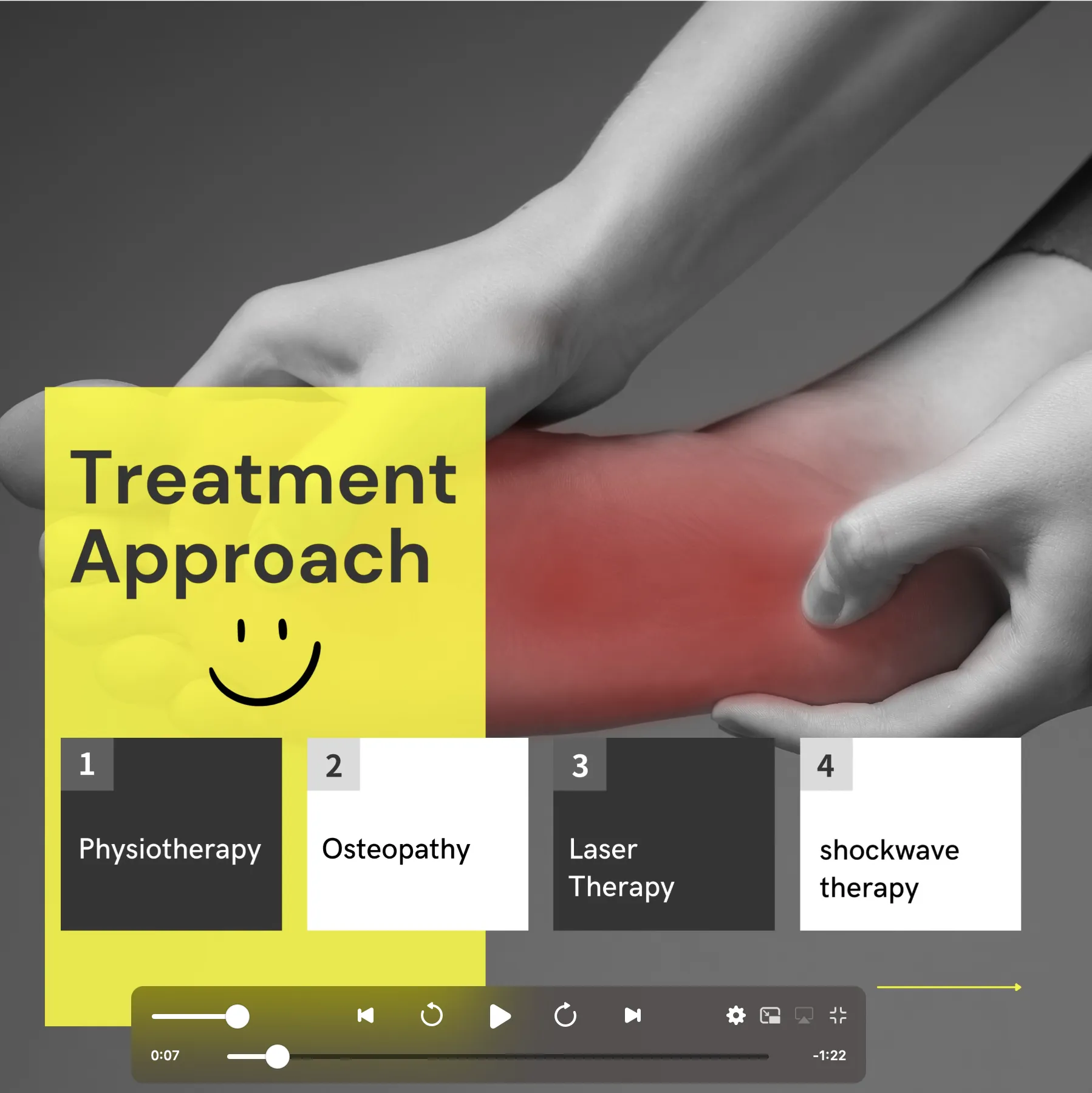
Bow legs is a genetic condition where the knees bow outward when standing. Learn its symptoms and causes at York Rehab Clinic.
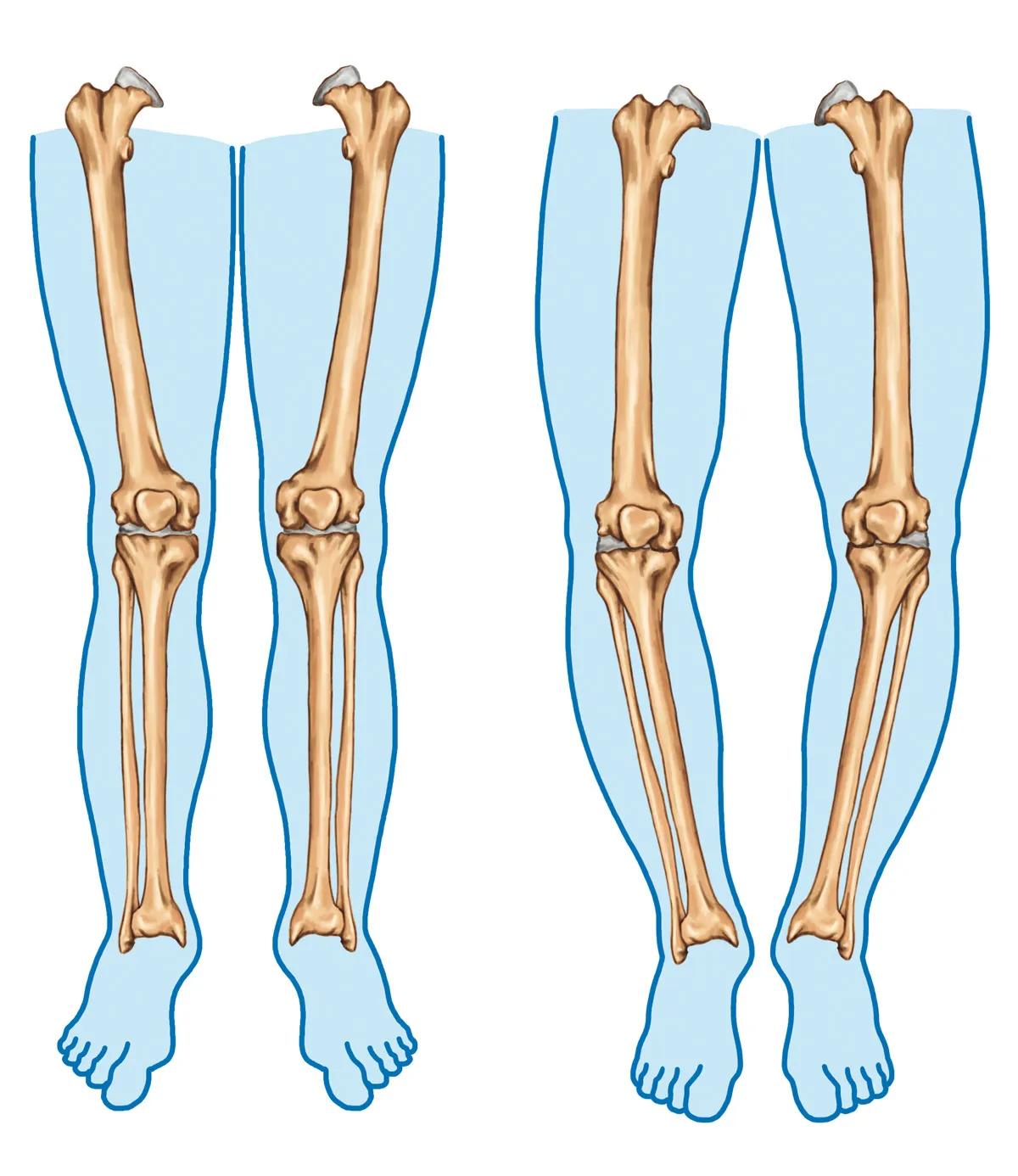
This article explores the complexities of Parkinson’s Disease and sheds light on the therapeutic benefits offered by osteopathy and physiotherapy.
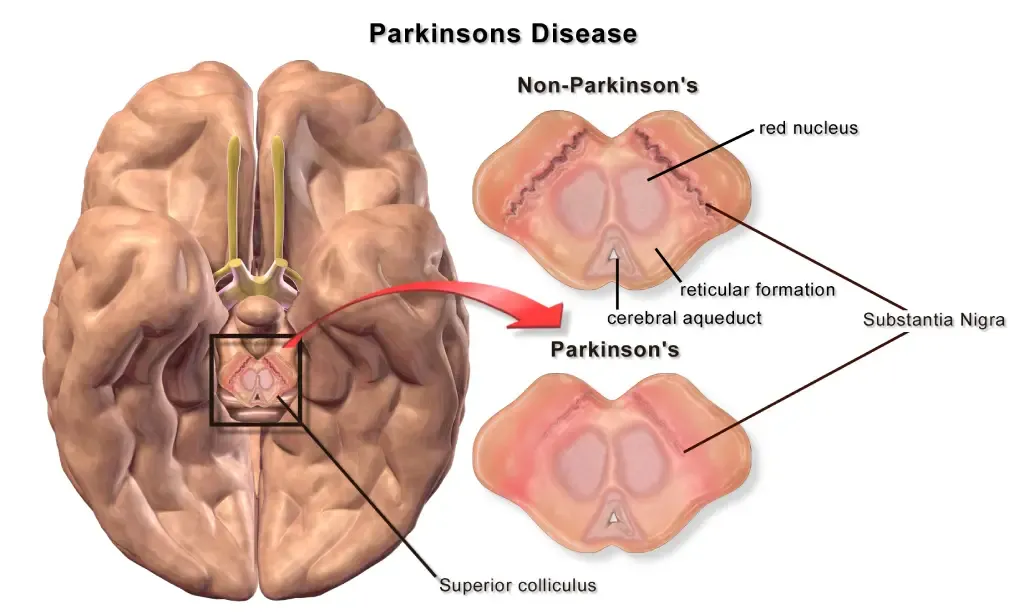
Cervical spondylosis, a prevalent condition, unfolds as a result of wear and tear on the spinal discs in the neck.
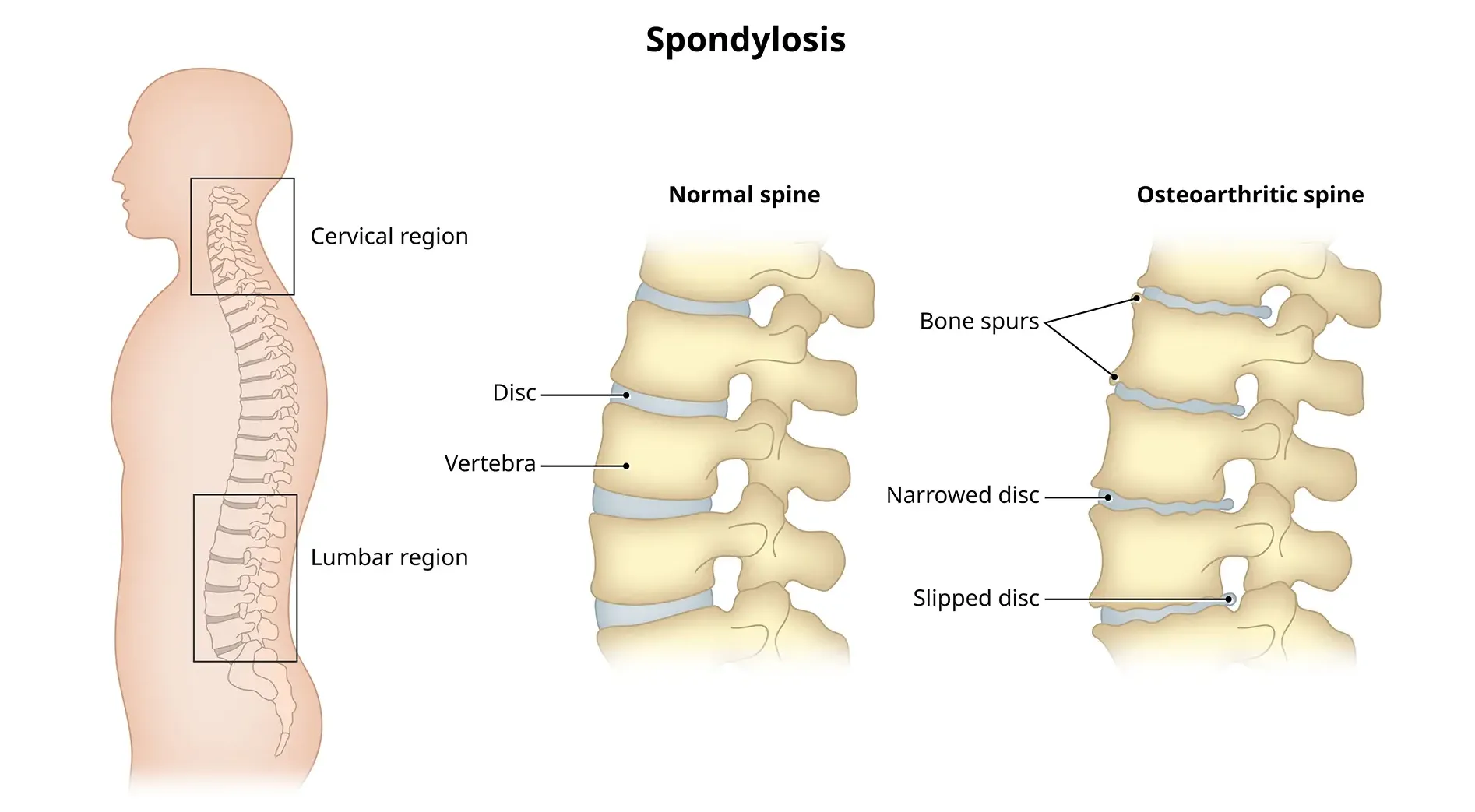
A dowager’s hump, a curve at the base of your neck, can cause extreme fatigue, back pain and headaches.
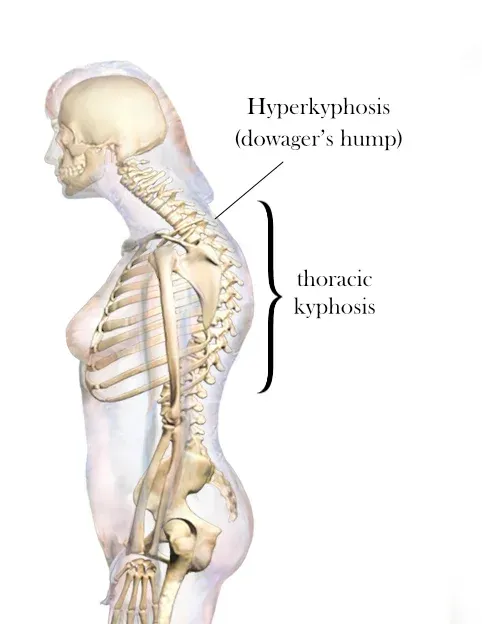
Flat feet cause pain, muscle strain, and fatigue. Treatments can ease discomfort. Symptoms include ankle pain, muscle fatigue and changes in walking.
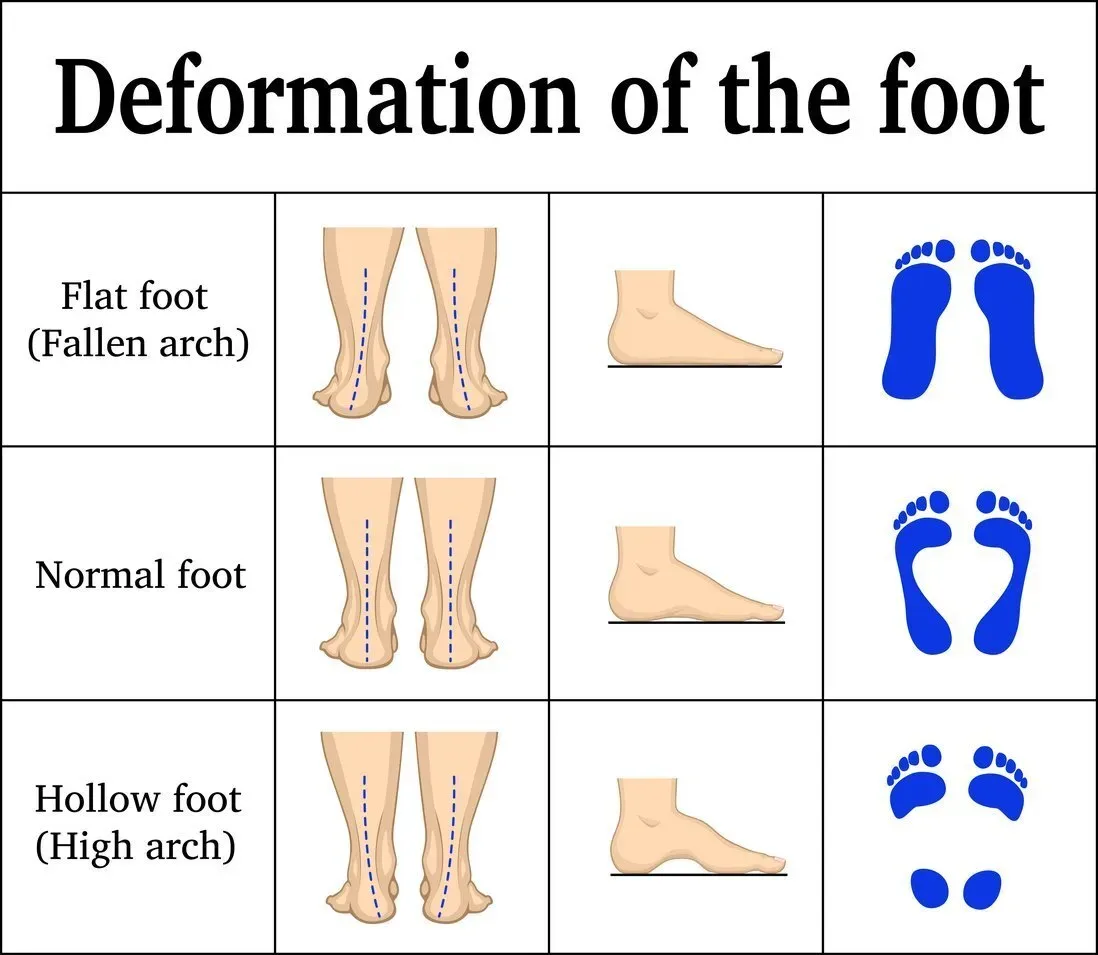
Traumatic brain injury (TBI) often results from a violent blow or jolt to the head or body, causing various physical and psychological effects.
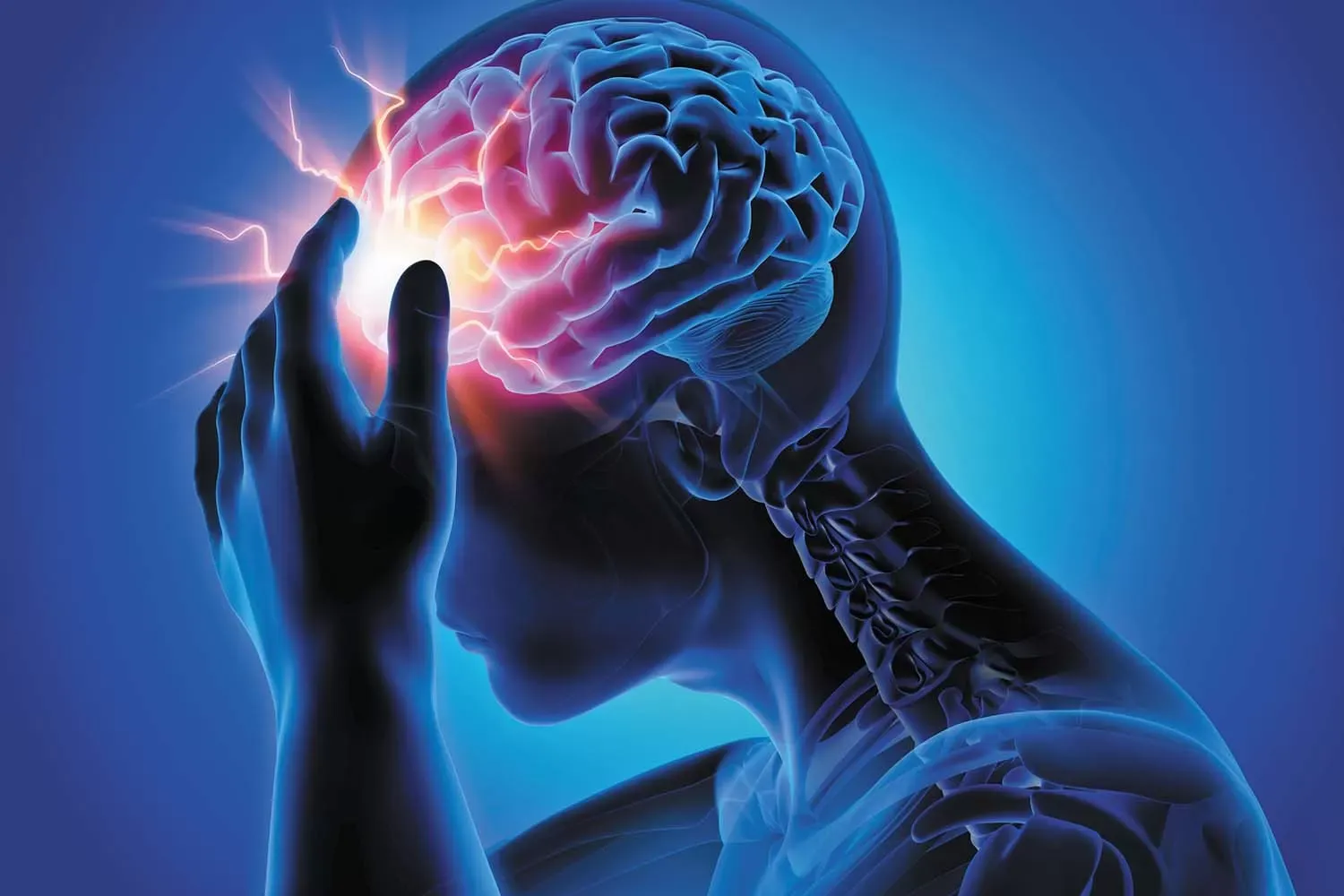
Introduction: Neck stiffness can be a discomforting and limiting condition that affects people of all ages.
